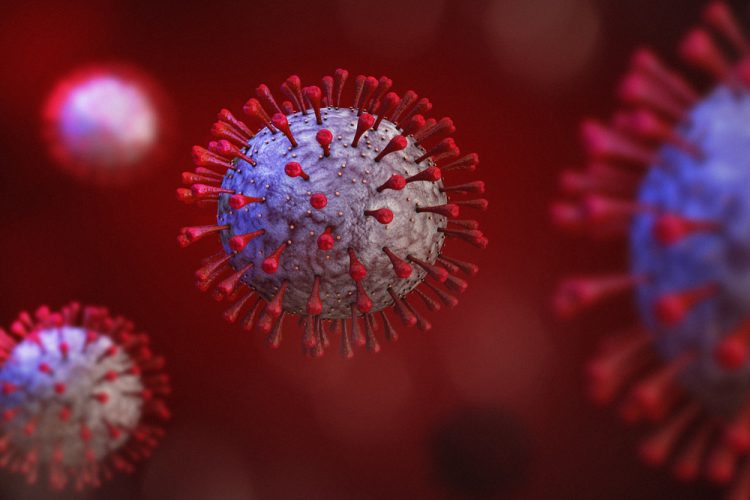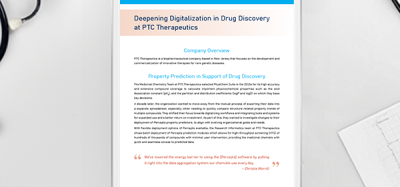Study shows anticoagulation therapy beneficial for COVID-19 patients
Posted: 28 August 2020 | Victoria Rees (European Pharmaceutical Review) | No comments yet
Researchers have demonstrated that all regimens of anticoagulants were far superior to no anticoagulants in COVID-19 patients.


Early in the COVID-19 pandemic, Mount Sinai, US, researchers showed that anticoagulation therapy was associated with improved survival among hospitalised COVID-19 patients. However, many questions remained – about the size of the potential benefit and about what dosage of this therapy might be most effective.
In a new observational study, the researchers found all regimens of anticoagulants were far superior to no anticoagulants in COVID-19 patients. More specifically, patients on both a “therapeutic” or full dose and those on a “prophylactic” or lower dose, showed about a 50 percent higher chance of survival and roughly a 30 percent lower chance of intubation, than those not on anticoagulants. The researchers looked at six different anticoagulant regimens, including both oral and intravenous dosing, within both therapeutic and prophylactic groups. They observed that therapeutic and prophylactic subcutaneous low-molecular weight heparin and therapeutic oral apixaban may lead to better results.
“This work from the Mount Sinai COVID Informatics Center provides additional insight on the role of anticoagulation in the management of patients admitted to the hospital with COVID-19. Although this is an observational study, it helped in the design of a large-scale international clinical trial that we are co-ordinating. The randomised trial focuses on those three antithrombotic regimens – therapeutic and prophylactic subcutaneous low-molecular weight heparin and therapeutic oral apixaban,” said senior corresponding author Dr Valentin Fuster, Director of Mount Sinai Heart and Physician-in-Chief of The Mount Sinai Hospital.
The team of investigators evaluated electronic medical records of 4,389 confirmed COVID-19-positive patients admitted to five hospitals. They specifically looked at survival and death rates for patients placed on therapeutic and prophylactic doses of blood thinners (oral antithrombotics, subcutaneous heparin and intravenous heparin) versus those not placed on blood thinners. The researchers used a hazard score to estimate risk of death, which took relevant risk factors into account before evaluating the effectiveness of anticoagulation, including age, ethnicity, pre-existing conditions and whether the patient was already on blood thinners. The researchers also took into account and corrected for disease severity, including low oxygen saturation levels and intubation.
Of the patients analysed, 900 (20.5 percent) received a full-treatment dose of anticoagulants. Another 1,959 patients (44.6 percent) received a lower, prophylactic dose of anticoagulants and 1,530 (34.5 percent) were not given blood thinners. There was a strong association between blood thinners and reduced likelihood of in-hospital deaths: both therapeutic and prophylactic doses of anticoagulants reduced mortality by roughly 50 percent compared to patients on no blood thinners.
Overall, 467 (10.6 percent) of the patients required intubation and mechanical ventilation during their hospitalisation. Those on therapeutic blood thinners had 31 percent fewer intubations than those not on blood thinners, while those on prophylactic blood thinners had 28 percent fewer.
“This report is much more in-depth than our previous brief report and includes many more patients, longer follow-up and rigorous methodology. Clearly, anticoagulation is associated with improved outcomes and bleeding rates appear to be low,” said corresponding author Dr Anu Lala, from Mount Sinai.
The study was published in the Journal of the American College of Cardiology.
Related topics
Clinical Development, Clinical Trials, Drug Development, Research & Development (R&D)









